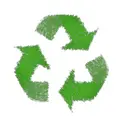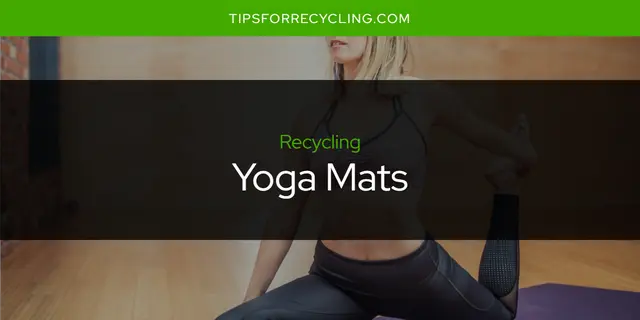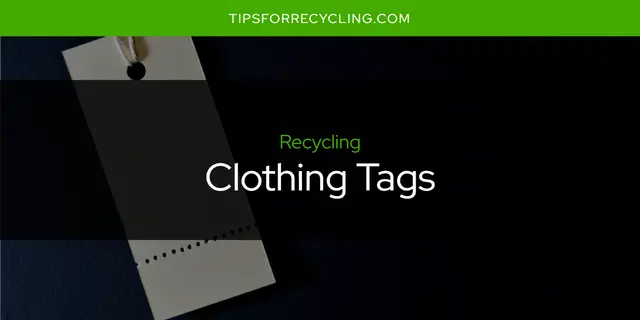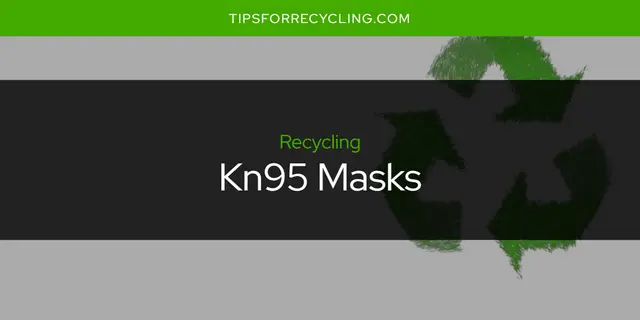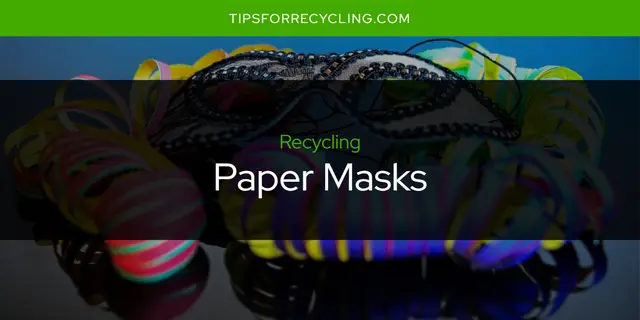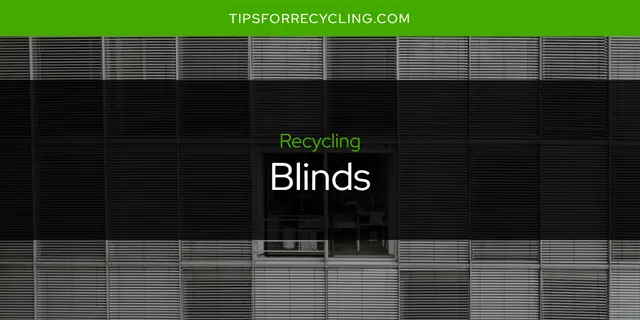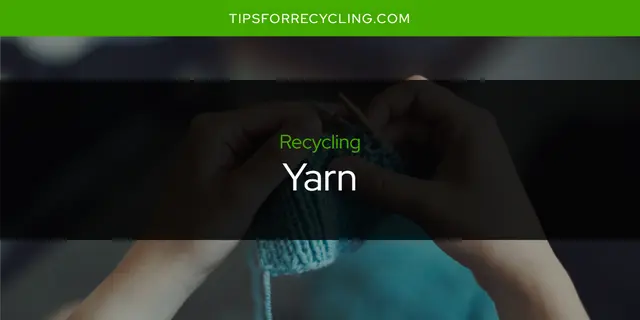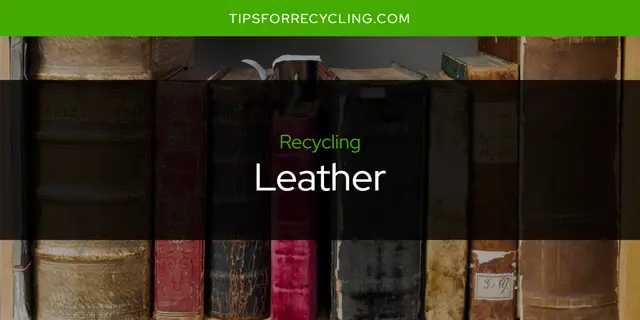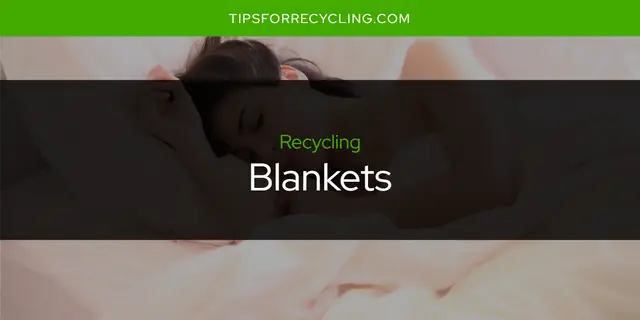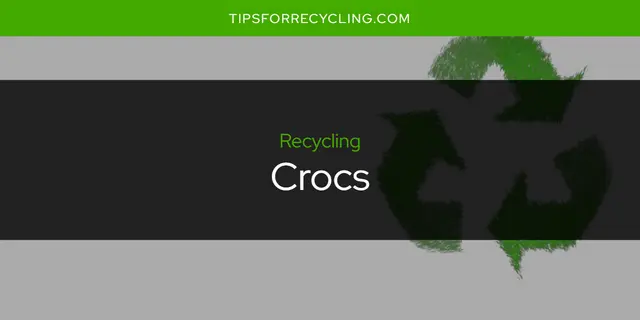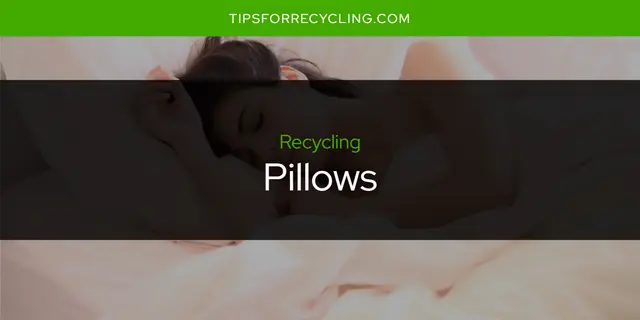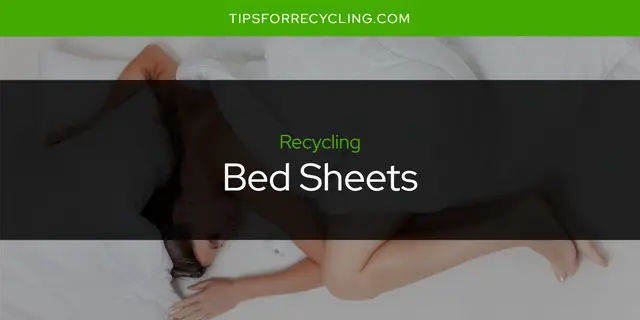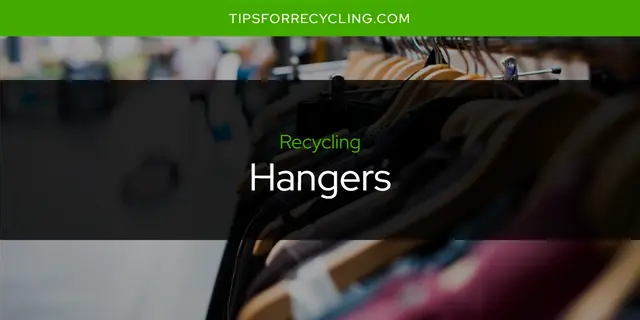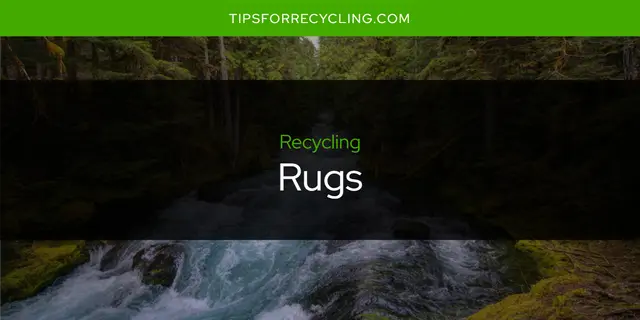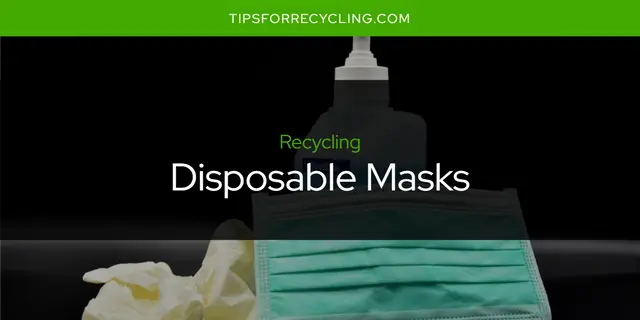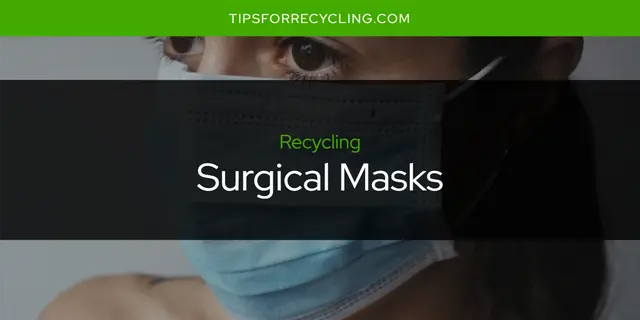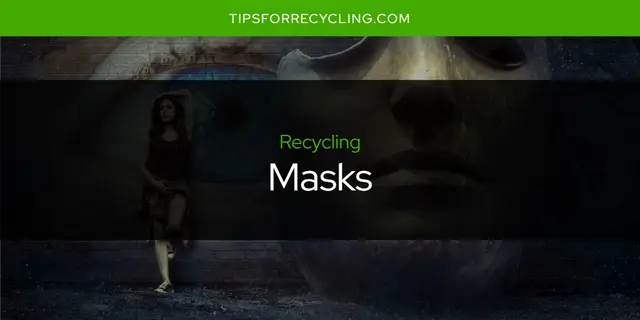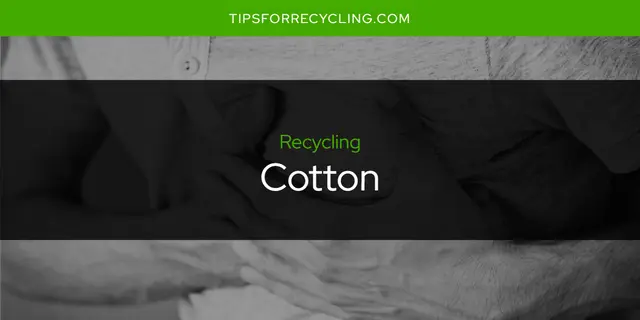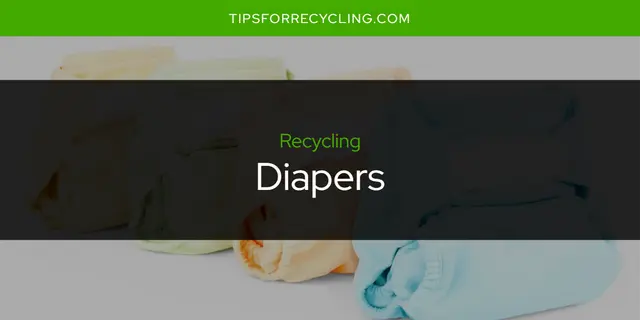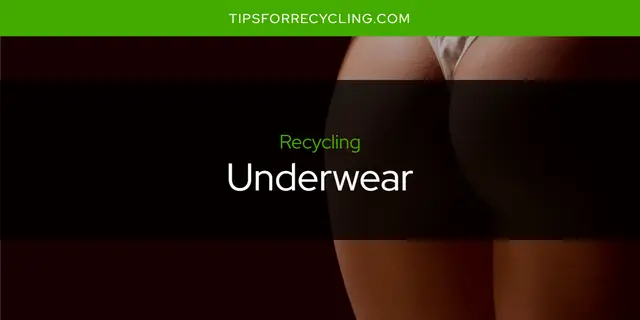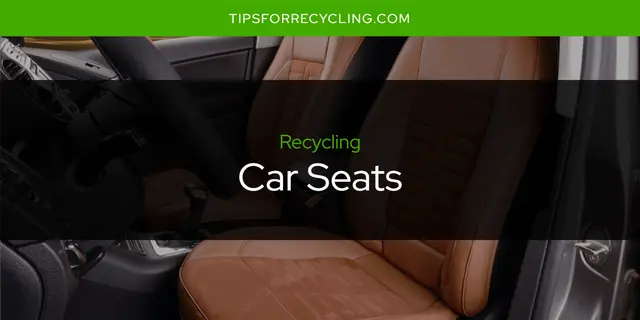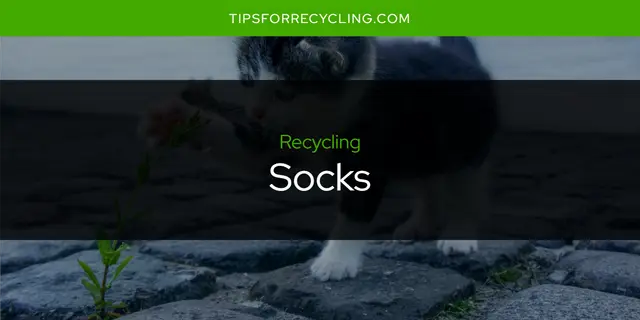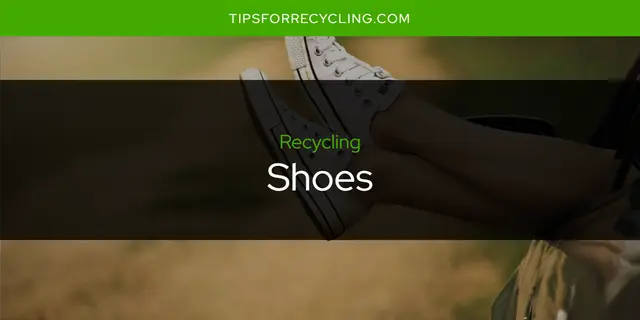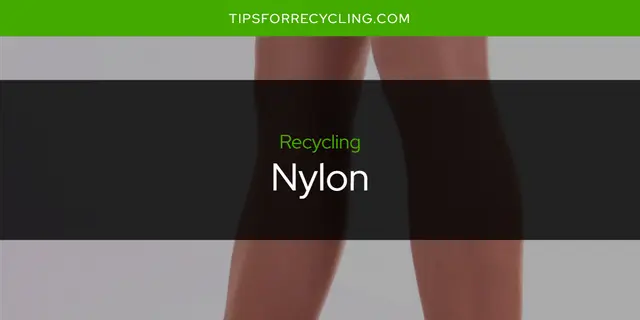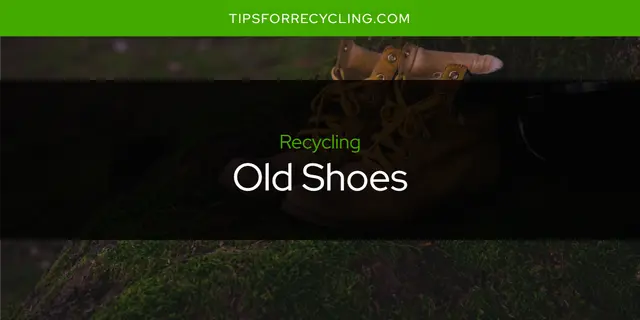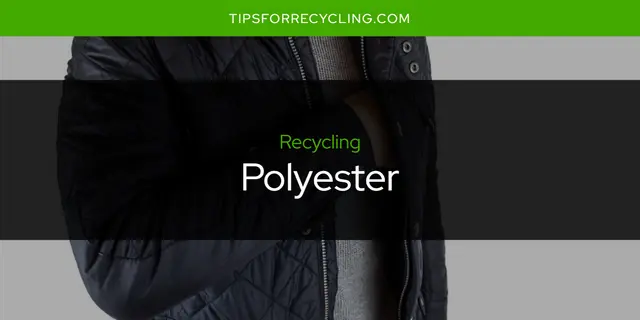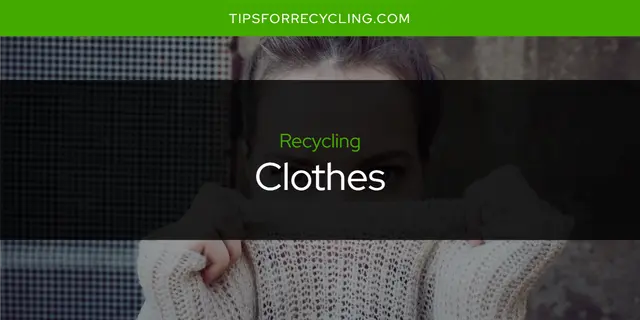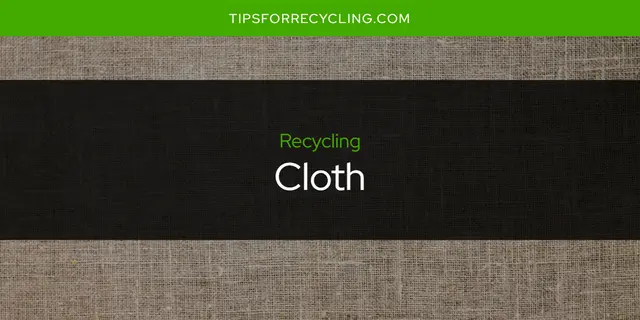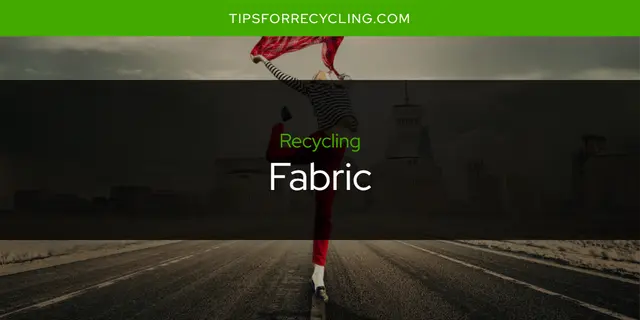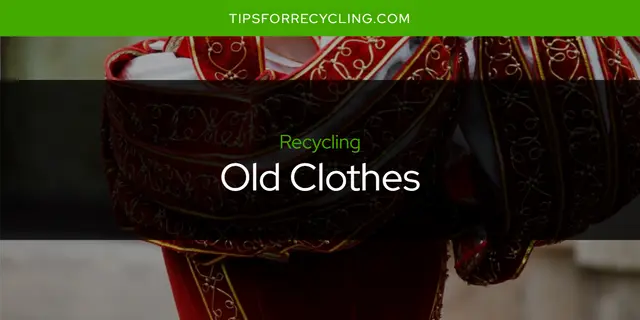Overview of Recycling Clothing
Clothing recycling can be a great way to reduce waste and preserve resources while also creating new jobs. It is becoming increasingly popular with people looking for ways to be more sustainable, as it helps reduce landfill waste, preserve natural resources, and create jobs in the fashion industry.
Benefits of Recycling Clothing
Recycling clothing can provide many benefits such as:
- Reducing Landfill Waste - By recycling clothing, we can decrease the amount of textiles that end up in landfills.
- Preserving Resources - Recycling clothing helps us conserve energy by preserving resources that would have been used to make new items.
- Creating New Jobs - The process of recycling creates jobs for those who are involved in sorting, cleaning and preparing clothing for donation or reuse.
What Types of Clothing Can Be Recycled?
Most types of fabrics can be recycled, but there are some exceptions such as plastic-based materials and certain blends that may not be accepted at all locations. Generally, these fabric types can usually be recycled:
- Cotton Products - Cotton t-shirts and other cloth items made from cotton fibers are generally considered recyclable.
- Synthetics/Nylon Products - Synthetic or nylon materials such as polyester and spandex are also often accepted at most locations for recycling.
- Leather Products - Leather jackets and other leather items are typically accepted at most locations for recycling.
These include clothing items such as yoga mats, bed pillows, clothing tags, kn95 masks, paper masks, blinds, yarn, nitrile gloves, leather, blankets, crocs, pillows, bed sheets, hangers, rugs, disposable masks, surgical masks, masks, cotton, and old clothes.
How to Prepare Clothing for Recycling
To make sure your clothing is ready to be recycled properly, it is important to follow these steps:
- Sort clothing by material type - Separate your clothing into different piles based on the material type (e.g., cotton vs synthetic). This will help make it easier for the recycler to sort through them more quickly.
- Clean clothing if necessary - If your clothes are dirty or stained, you should give them a quick wash before donating or dropping off at a recycle center so that they can be reused or repurposed as much as possible.
- Check for any stains or damage before recycling - Check over each item carefully for any stains or damage that may have occurred during its use so that these items don’t get mixed in with other items that could be reused without issue.
Where Can You Recycle Clothing Nearby?
There are a variety of options available when it comes to finding places nearby where you can recycle your clothes:
- Secondhand stores and donation centers - Many secondhand stores and donation centers will accept donations of gently used clothing so they can resell them or give them away to those in need.
- Clothing recycling bins in public places - In many cities, you can find designated bins specifically designed for recycling clothes in public spaces like parks and shopping malls.
What Happens to Clothing Once it is Recycled?
Once clothing is donated or dropped off at a recycle center, it will either be sold directly as-is (for secondhand stores) or broken down into fibers which will then be used to create new products such as insulation materials, carpets, etc. These fibers may also be used to produce yarns which will then be woven into fabrics used by fashion brands around the world!
Other Options Instead of Recycling Clothing
If you don’t want to simply donate your clothes but still want to help out those less fortunate than yourself, there are other options you can explore:
- Donate clothes to those in need - Donate your gently worn clothes directly to local shelters or charities who work with individuals experiencing homelessness or poverty who could really benefit from having these items available!
- Upcycle old clothes into new styles – Instead of throwing away an old shirt that no longer fits you just right try turning it into something new! There are many tutorials online showing how you can easily upcycle an old piece into a stylish new item without needing too much skill!
